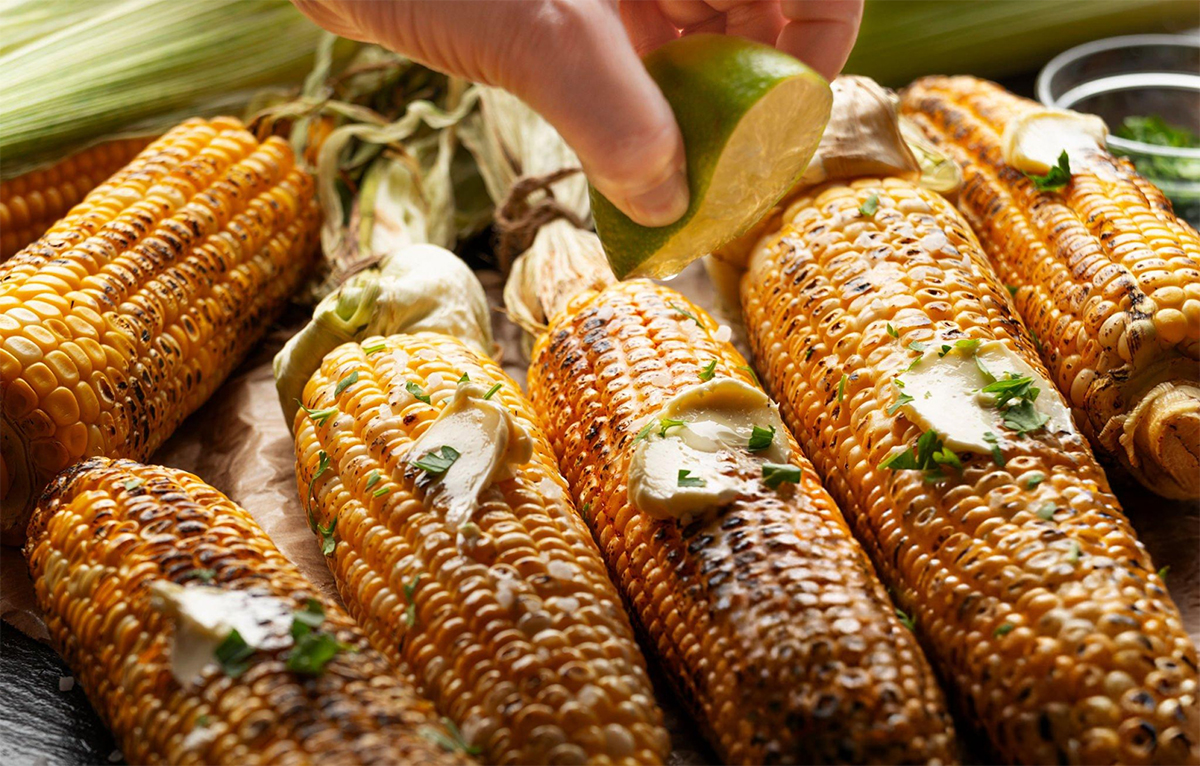After my garden is rototilled in the fall, I buy the cheapest, largest bag of oats to spread over it. Oats will grow fairly quickly – as long as you don’t wait until November to rototill! Oats will winter kill as well.
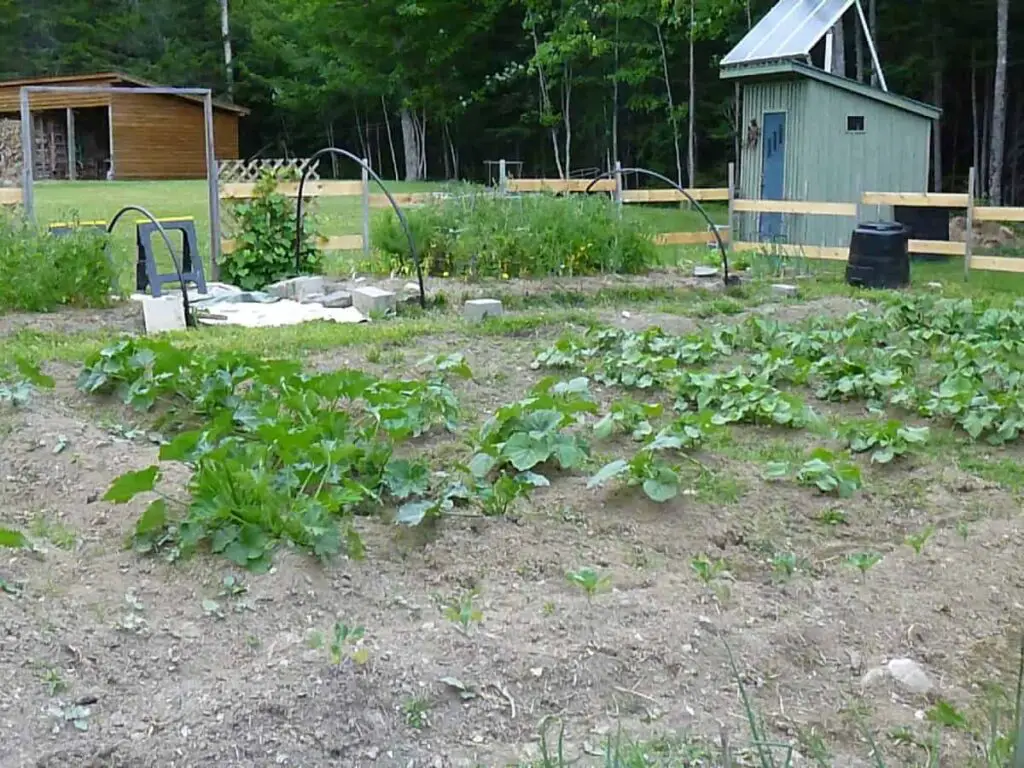

It is important that gardens aren’t treated as a monocrop garden. This means that you should not plant your tomatoes in the same spot year after year or only plant tomatoes. Doing this can invite disease into your garden. Different crops use different minerals and nutrients from the soil. A carrot will need different things than tomatoes or corn. Thus, setting up a three-year crop rotation is a great idea for the vegetable garden. Simply put: plant zucchini in one spot; beets in another; and lettuce in yet a third place. The following year rotate where each was planted. If you’re someone who forgets, make a garden map. This is a very relaxing thing to do over morning coffee! You could even get out your colored pencils…
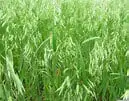
Okay. Back to oats. Oats are C H E A P in comparison to chemical fertilizers, and they will add to your soil. Garden crops take from the soil, and chemicals kill your soil. The goal is always to put back GOOD things. Here’s what I do:
After the garden is rototilled, I use a scoop of some sort and throw oats everywhere in the soft, fluffy soil. Sometimes I’ll rake it in; but if I’m short on time, I just leave the oats to fend for themselves. Lots of my gardening revolves around the idea of Survival of the Fittest! That’s all I do.
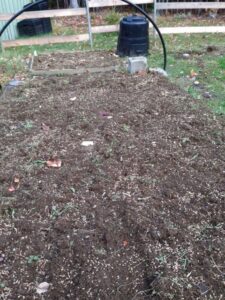
The oats will grow and probably attract wildlife, which I’m okay with at this point in the season. As the weather gets colder and a couple of hard frosts hit, the oats will die. In the spring the oats will be tilled in and help to nourish and lighten my soil.
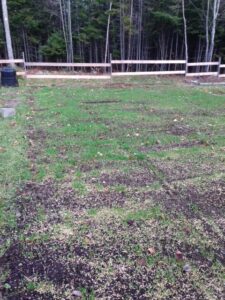
A word of caution: there are other cover crops out there that do NOT winter kill. These can give you trouble as they will grow back in the spring. I’m not a fan of weeding. So the easy cover crop choice for me is OATS!


